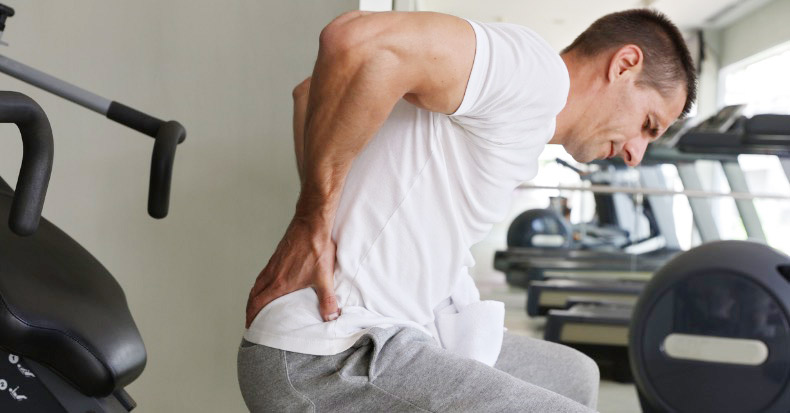According to a systematic review that included 201 studies, low back pain may affect between 10-67% of athletes at any given moment, with anywhere from 17-94% experiencing sports-related back pain each year. This broad range is due to the age, level of competition, and the specific sports included in each study. For example, the data show the risk for low back pain is higher in gymnastics, diving, weightlifting, golfing, football, and rowing. That said, what can be done to lower the risk for sports-related back pain?
In 2022, researchers recruited 70 high school volleyball players—another sport with a high prevalence of low back pain—and assigned them to one of two groups: a control group that continued their normal activities and an intervention group that performed their usual activities in addition to four weeks of stretching and exercises focused on dynamic thoracic mobility and trunk stabilization. This program, which took about ten minutes to complete, included the jack-knife stretch (to loosen the hamstrings to improve forward bending), gastrocnemius stretch (to loosen the calf muscles to enhance ankle dorsiflexion), iliopsoas stretch (to loosen the hip flexors and reduce lumbar lordosis), and trunk stabilization (front plank to strengthen the low back and gluteal muscles).
During the study, 33% of the players in the control group reported low back pain, compared with just 8.8% in the intervention group. This means the participants who worked on improving strength and flexibility were nearly four times less likely to experience low back pain. Additionally, the players in the intervention group demonstrated improved physical function with respect to back endurance; spine/back flexibility; shoulder and trunk range of motion; ankle mobility; and iliopsoas, quadriceps, and hamstring flexibility.
The study highlights the importance of a strong and flexible core for reducing the incidence of low back pain, something that also applies to non-athletes. Doctors of chiropractic often observe deficiencies in core strength and flexibility in patients with low back pain and advise such patients to perform at-home exercises to not only aid in the rehabilitation process but also reduce the risk for a future episode of low back pain.
